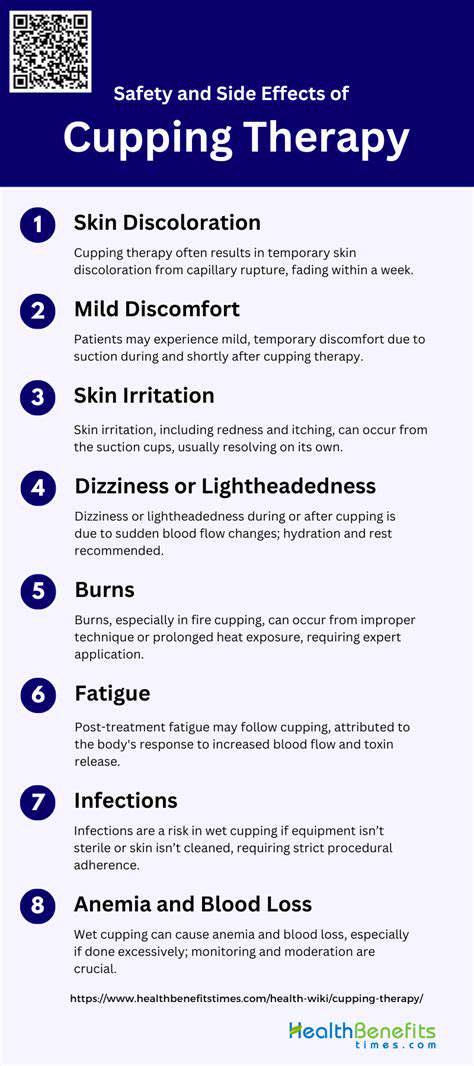Safety and Considerations for Cupping Therapy

Cupp Safety Protocols
Cupp usage, like any tool or technique, comes with inherent safety considerations. Proper handling and maintenance are crucial to prevent accidents and ensure optimal results. Always ensure the cupp is securely fastened and properly aligned with the target material. Mishandling can lead to unexpected movement, causing injury or damage to the surrounding environment.
Thorough inspection before each use is essential. Look for any signs of damage, wear, or loose components. A damaged cupp may malfunction, leading to unpredictable outcomes and potentially dangerous situations. Regular maintenance, following the manufacturer's guidelines, is vital to ensure long-term safety and performance.
Material Compatibility
Cupp effectiveness and safety are directly linked to material compatibility. Different materials react differently to the cupp's application, and some combinations can lead to unforeseen issues. Always verify the compatibility of the material with the cupp before use. Refer to the manufacturer's specifications or consult relevant material safety data sheets (MSDS) for detailed information.
Using the cupp on incompatible materials can result in damage to the material or the cupp itself, potentially leading to hazards. Understanding the material properties and their interaction with the cupp is paramount for a safe and successful application.
Environmental Considerations
Environmental factors can significantly impact cupp performance and safety. Extreme temperatures, humidity, and other environmental conditions can affect the cupp's functionality and stability. Be mindful of the surrounding environment and adjust your procedures accordingly.
Working in a well-ventilated area is strongly recommended, especially when using potentially hazardous materials. Proper ventilation minimizes exposure to harmful fumes or particles that may arise from the cupp's application. Failure to consider environmental conditions can lead to unexpected issues and safety risks.
User Training and Certification
Adequate user training and certification are essential to ensure safe operation of the cupp. Proper training provides users with the knowledge and skills necessary to handle the cupp safely and effectively. This includes understanding the cupp's operation, potential hazards, and appropriate safety measures.
Emergency Procedures
Having a well-defined emergency procedure in place is crucial for managing any unexpected incidents. Familiarize yourself with the steps to follow in case of malfunctions, accidents, or other emergencies. This may involve shutting down the system, evacuating the area, or contacting emergency services.
Knowing the location of emergency equipment, such as fire extinguishers and first-aid kits, is essential. Having these resources readily available can significantly improve the outcome of any emergency situation.
Maintenance and Storage
Regular maintenance and proper storage are crucial for ensuring the cupp's long-term safety and performance. Following the manufacturer's guidelines is essential for optimal results. Proper maintenance minimizes the risk of malfunction and extends the lifespan of the cupp.
Storing the cupp in a designated area, protected from environmental hazards and unauthorized access, is essential. This safeguards the cupp from damage and ensures its readiness for use when needed.